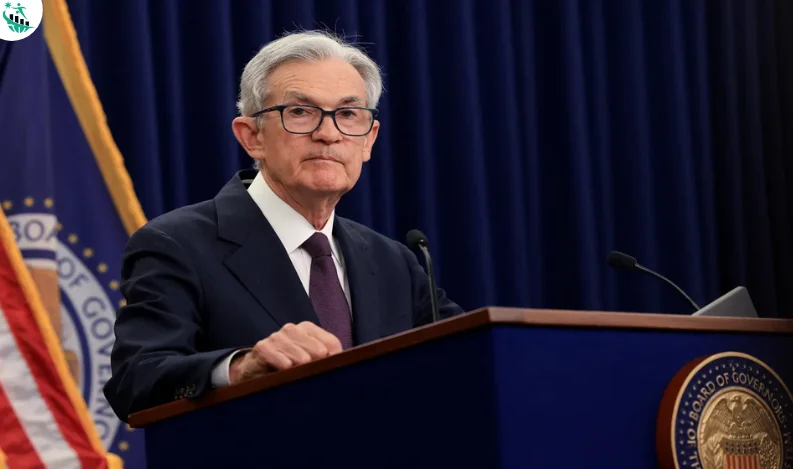
Core Inflation Rises to 2.7% in May, Exceeding Forecasts and Complicating Fed’s Path
Washington, D.C.: The Federal Reserve’s preferred inflation measure rose more than expected in May, underscoring persistent price pressures and casting doubt on the likelihood of a near-term interest rate cut. At the same time, consumer spending and personal income declined, suggesting that U.S. economic momentum may be slowing.
The personal consumption expenditures (PCE) price index, the Fed’s key inflation benchmark, increased 0.1% month-over-month, keeping the annual inflation rate at 2.3%, the Commerce Department reported Friday. These figures matched economist expectations.
However, the core PCE index, which excludes food and energy, climbed 0.2% for the month and 2.7% year-over-year, surpassing forecasts for 0.1% and 2.6%, respectively. The core annual rate was also 0.1 percentage point higher than April, suggesting that underlying inflation remains sticky.
Fed’s Inflation Target Remains Elusive
The Fed’s 2% inflation target continues to prove difficult to reach, with core readings staying above the benchmark for over three years. Core PCE is closely monitored by policymakers as it strips out categories prone to volatility and better reflects long-term inflation trends.
“This morning’s news was consistent with other reports showing the economy gradually losing momentum in the second quarter,” said Gary Schlossberg, strategist at Wells Fargo Investment Institute. “But core inflation remains above comfort levels for the Fed.”
Consumer Spending and Income Slide
In a separate sign of softness, consumer spending fell 0.1% in May, compared to the expected 0.1% increase. Simultaneously, personal income dropped by 0.4%, far below the projected 0.3% gain.
These figures signal growing pressure on household finances amid elevated living costs and potentially waning consumer confidence.
Market Reaction and Policy Implications
Markets showed a muted reaction to the data. Stock futures pointed to a positive open on Wall Street, while Treasury yields rose, suggesting that investors are reassessing the likelihood of imminent policy easing.
“The report helps keep hopes alive for a July rate cut,” Schlossberg added. “Though frankly, that still seems premature given the data.”
The Federal Reserve is widely expected to hold rates steady at its upcoming late-July meeting, but a few members of the Federal Open Market Committee (FOMC) have signaled openness to a cut, contingent on further cooling inflation and deteriorating economic indicators.
Political Pressure Mounts on Fed
President Donald Trump has repeatedly called for the Fed to lower interest rates, claiming inflation is under control and that monetary policy is overly restrictive. Earlier this week, he intensified his criticism, referring to Fed Chair Jerome Powell as “stupid” and suggesting that a replacement may soon be named.
Despite this, Powell has continued to urge caution, stating in recent public comments that each Fed meeting is “data-dependent” and that the current economic strength allows time to assess incoming data.
Inflation Details: Services Still Driving Prices
While overall price gains were modest, services remained the key contributor to inflation, rising 3.4% over the past year. In contrast, goods inflation stayed nearly flat at 0.1% annually.
Other highlights from the May report:
-
Food prices: +0.2%
-
Energy costs: −1.0% (driven by a 2.2% drop in gasoline)
-
Shelter costs: +0.3%
The divergence between goods and services inflation continues to complicate the Fed’s challenge in determining the appropriate timing for future policy moves.



Recent Comments:
No comments yet.